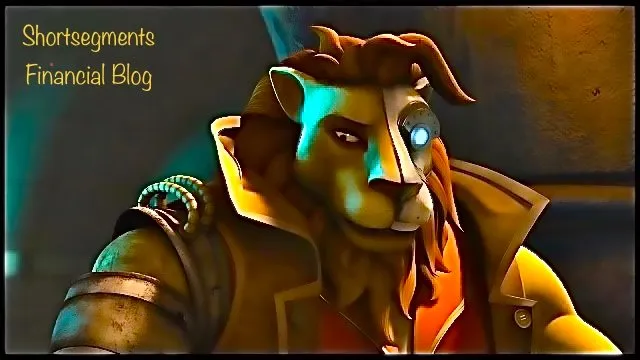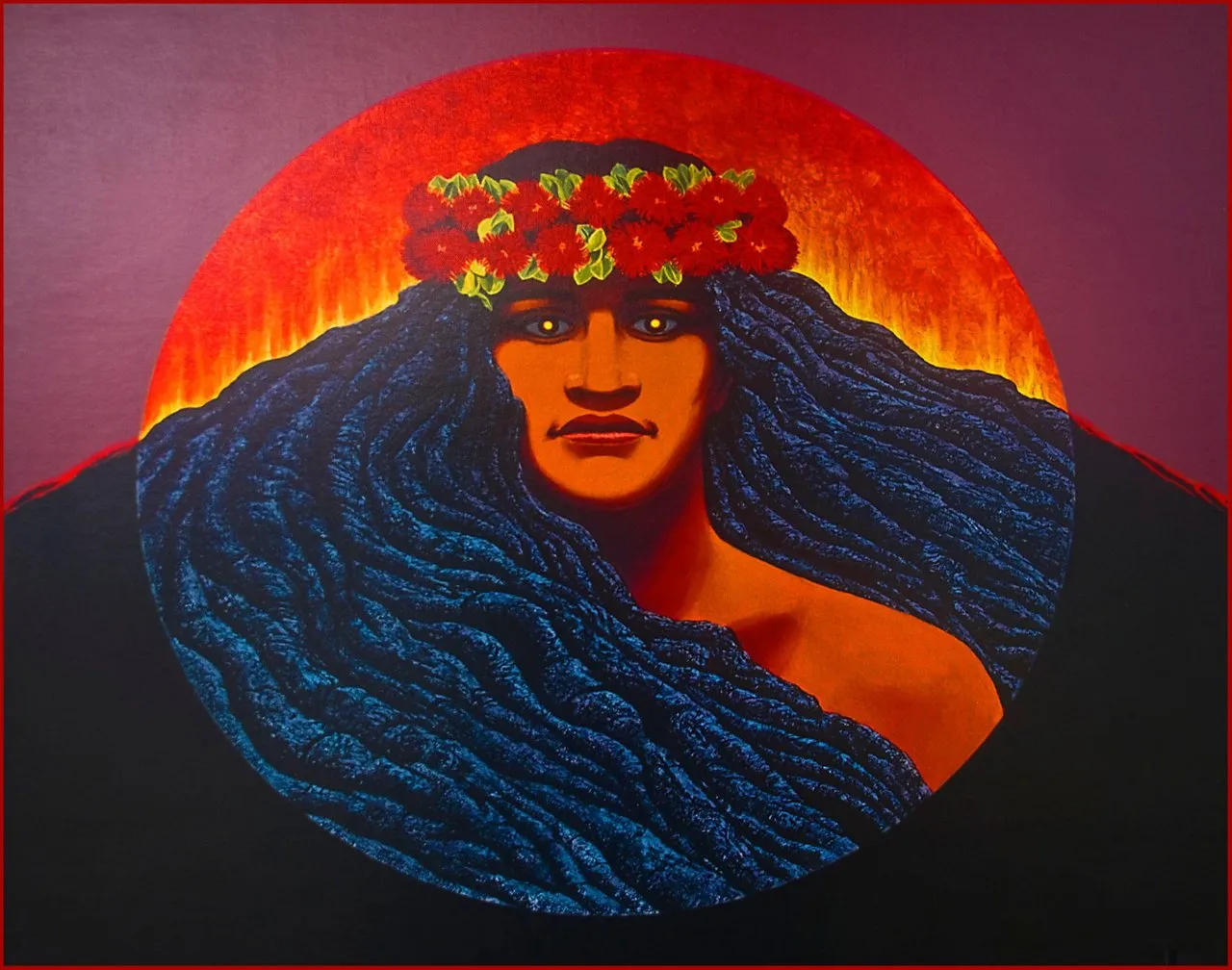
Introduction:
The name Mauna Kea means big white mountain.
And in December and January it’s snow covered at the top.
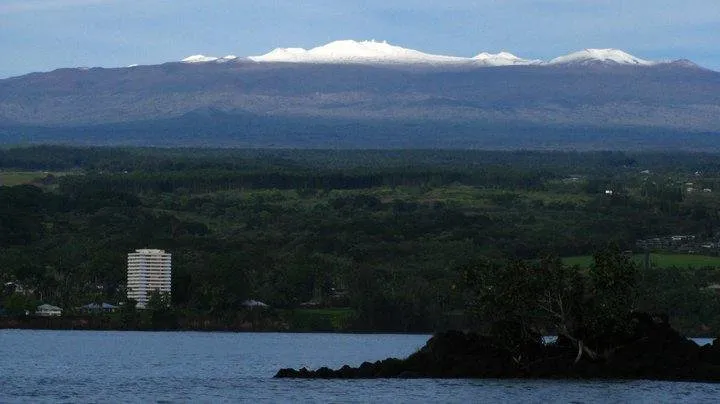
Indeed this extinct volcano starts on the Pacific Ocean floor and rises to a height of over 42,000 feet above sea level. Which makes it the tallest mountain in the world from bottom to top.
It is on the Island of Hawaii , the largest of the Hawaii Island Chain in a sub equatorial south west portion of the Pacific Ocean.
It’s a beautiful sight to behold.
Above Photo Courtesy United States Geological Society, public domain. Public ally owned entity.
Body
This time of year, there’s no snow, and from an approaching plane it looks like this.
It’s huge rising high above the island and the peak is thousands of feet above the clouds.
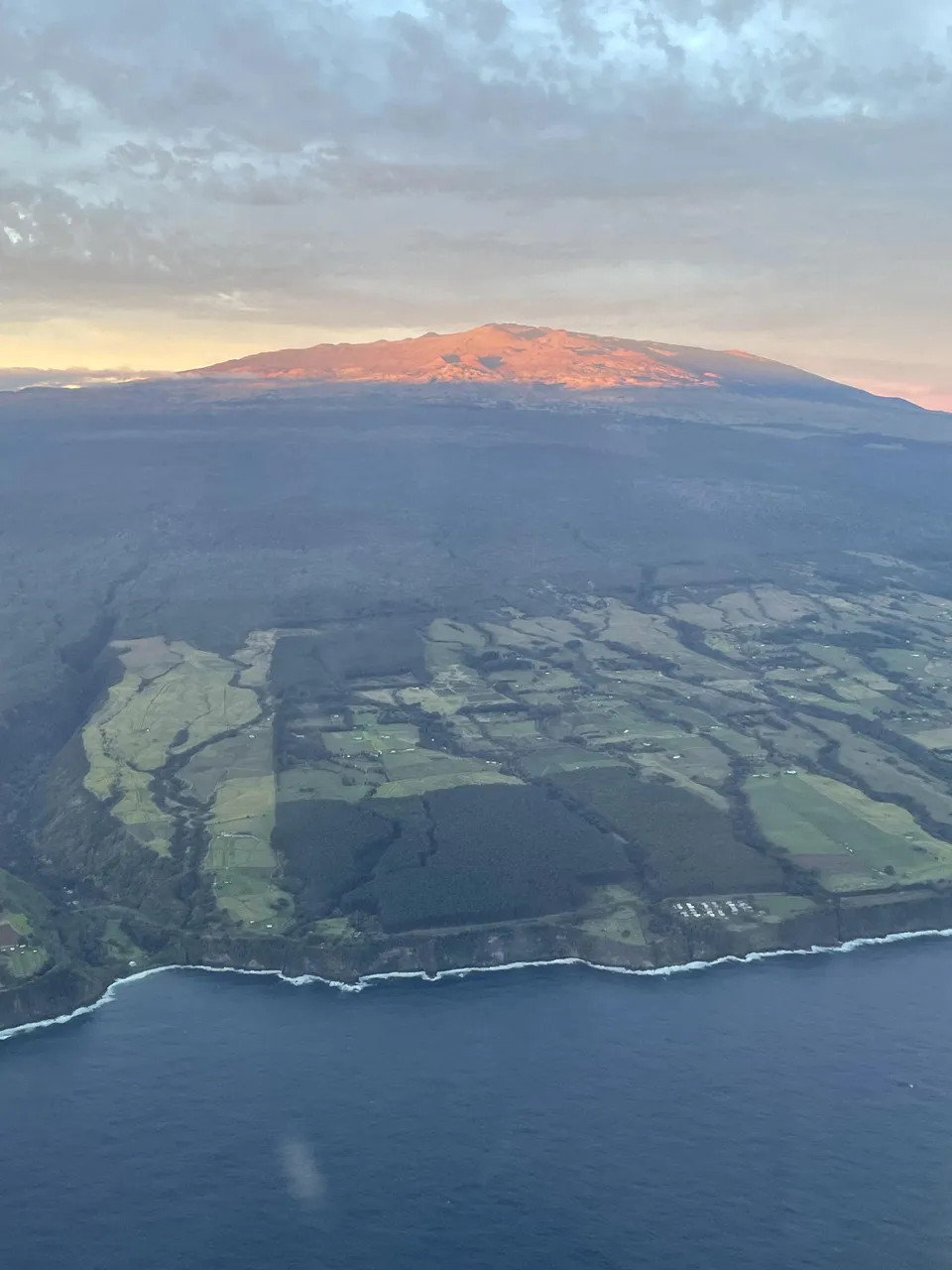
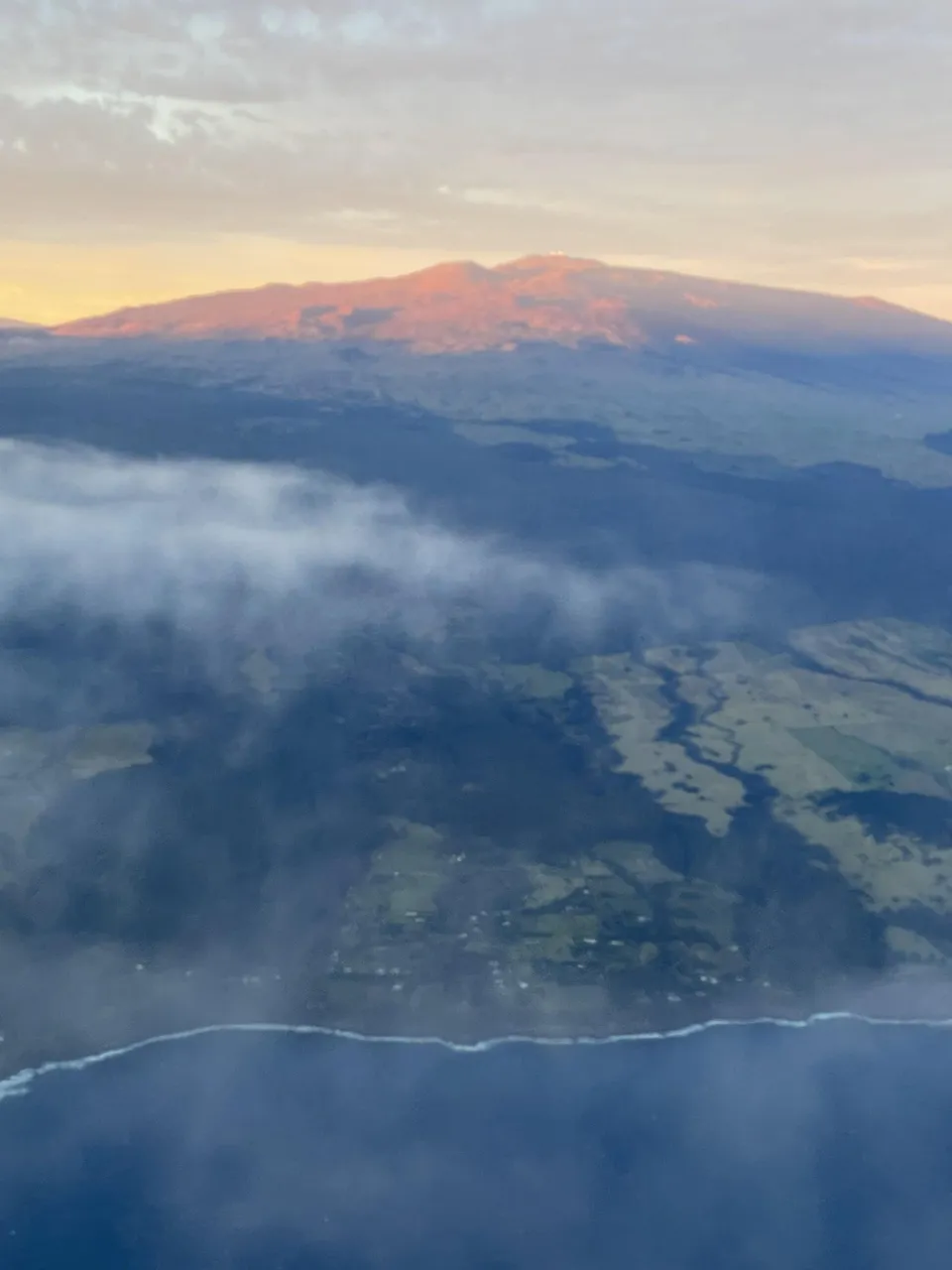
- The portion above the clouds takes on an orange hue at sunrise and the color distinction between the upper portion of the mountain, which is bathed in the red glow of the rising sun is special indeed.
- When you fly in later in the day it is all green this time of year because of the frequent winter rain.
- When you live on a volcanic island point of view takes on special meaning. The entire island is actually the volcano, but it is so big entire cities are built on the mountain sides and flat areas.
- We look up at the mountain above us and think there’s the mountain
- But actually we are like fleas on the back of a dog looking at the head.
- We point at the head and say there’s the dog.
- But we are actually on the neck, back, side or tail of the dog pointing at the head of the dog, and calling that the whole dog.
- Because that’s our perspective, and if we are wise we apply that to life.

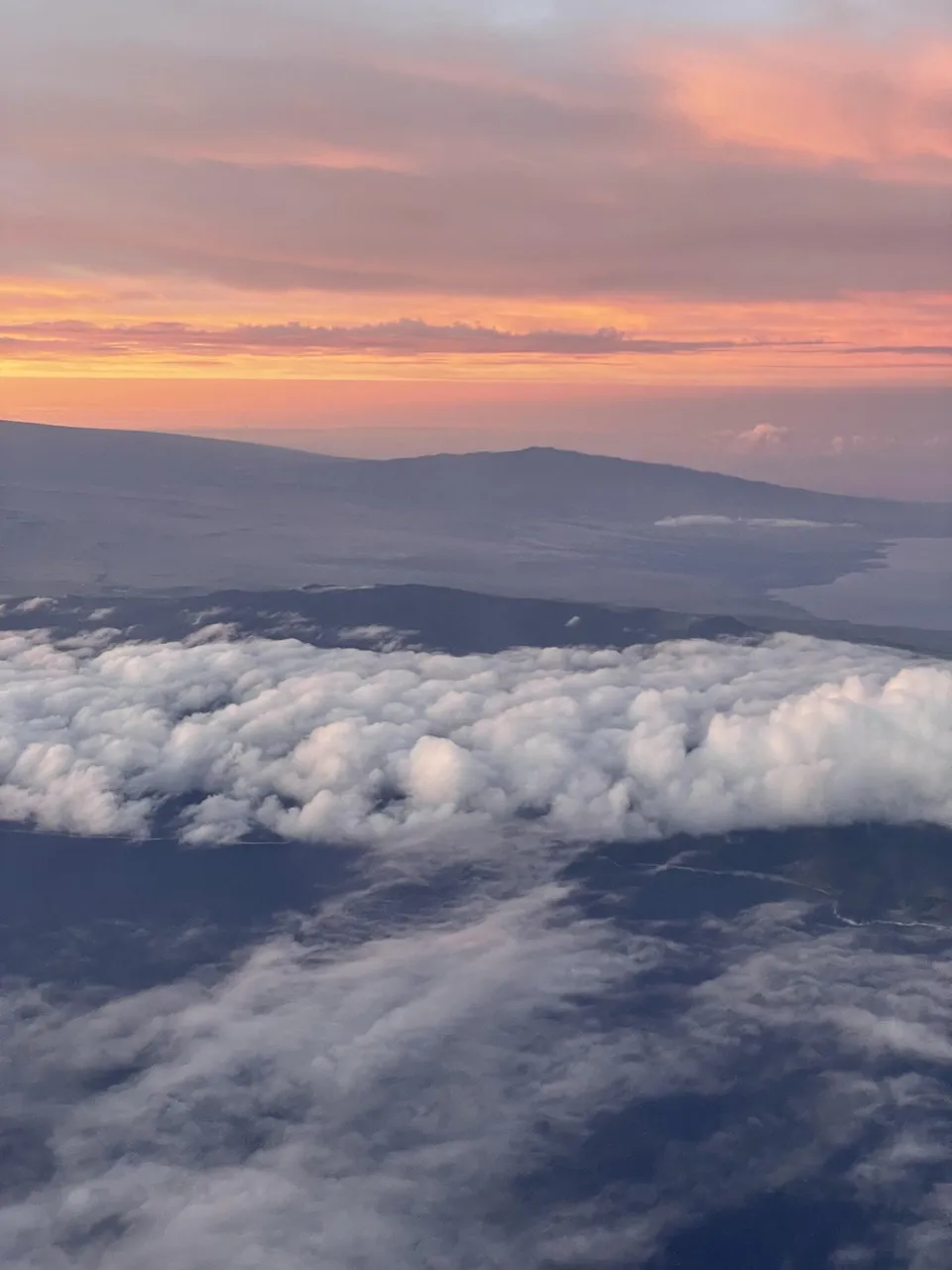
At the top there are about 8 telescopes.
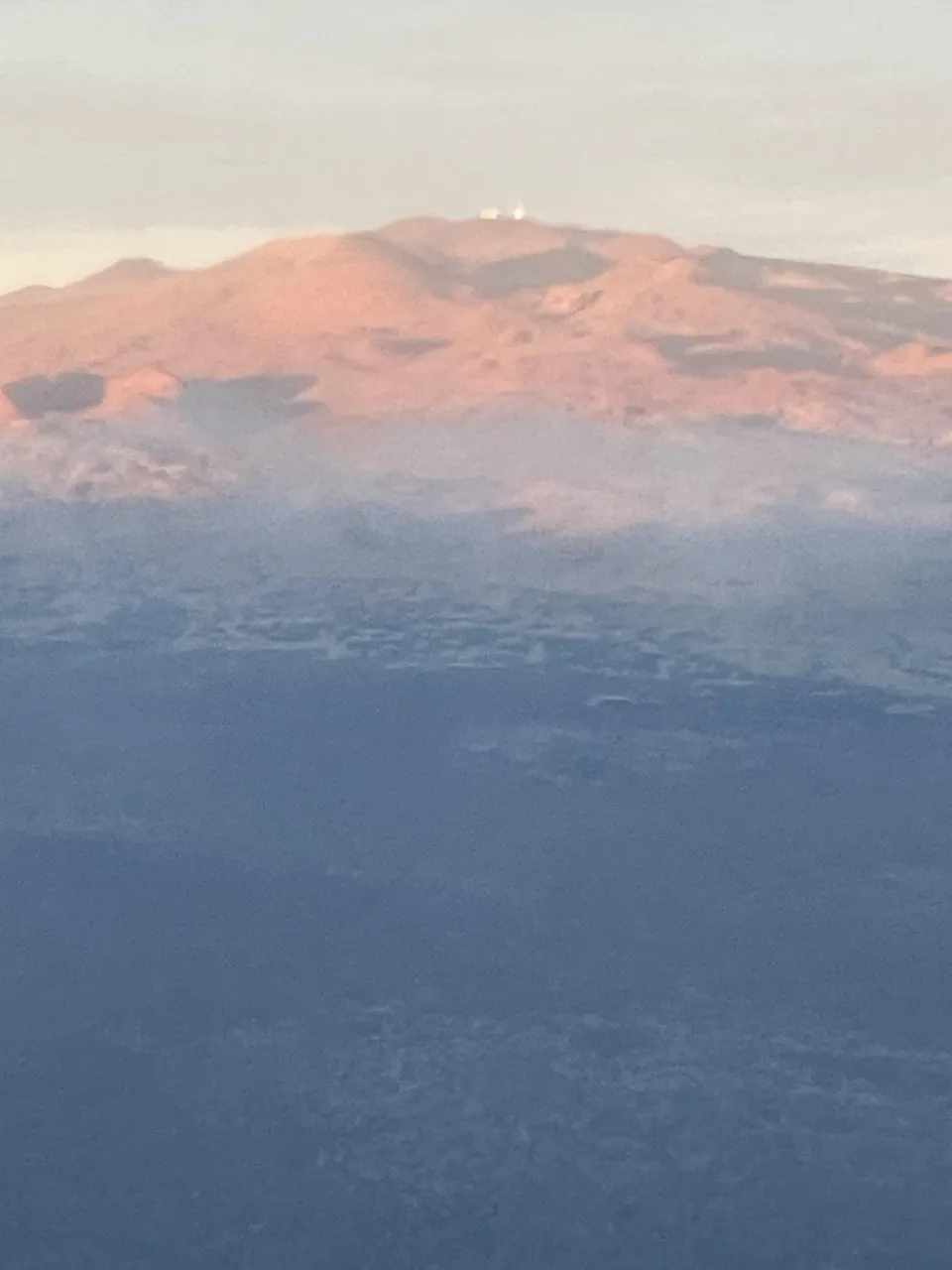
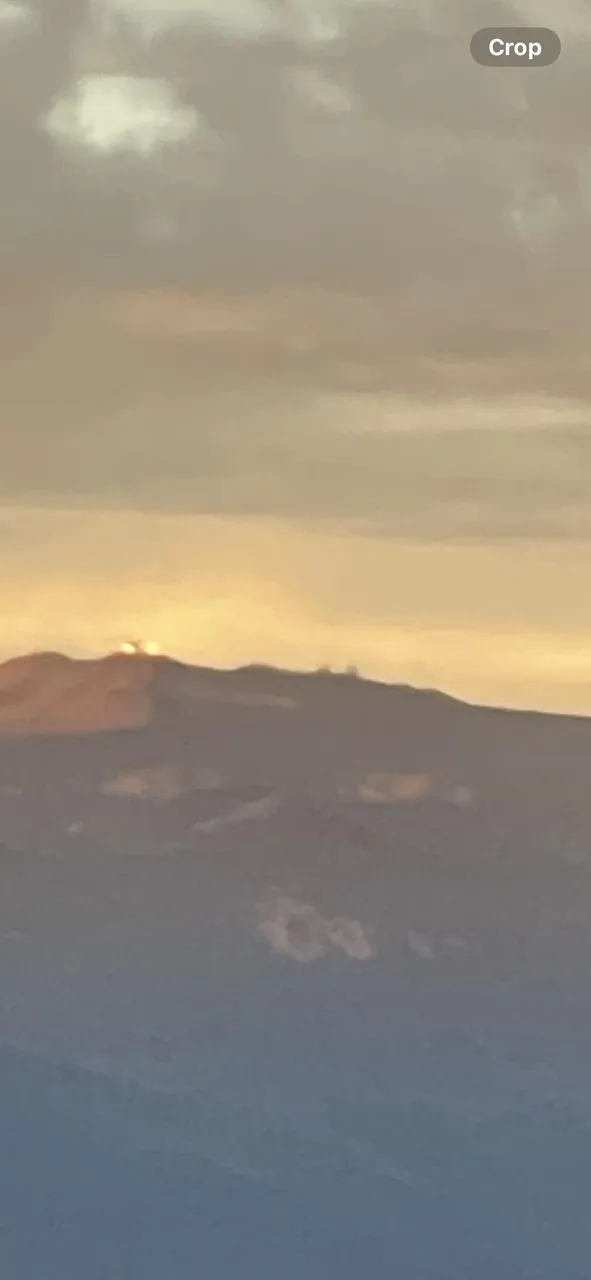

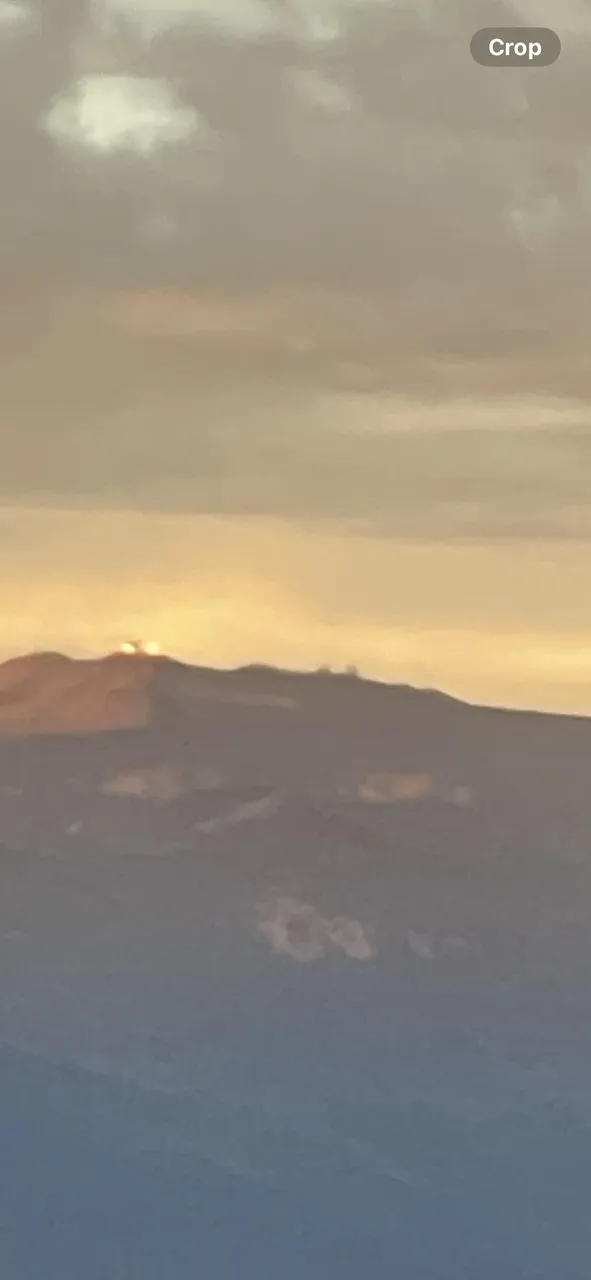
Mauna Kea is the best place to view the stars on earth.
- Due in part to a height over 8 miles straight up.
- Due in part to the lack of light from towns and cities.
- The Polynesians were some of the best sailors in the world, navigating only at night, and using the stars to guide them. A challenge even today, as planes and ships whose navigational equipment fails are often permanently lost sea. And their crews perish.
- But the Polynesians sailed from continent unknown to this area of the South Pacific and back home again, They ferried people, animals and plants back and forth and between the other Polynesian settlements which share common culture and linguistic similarities indicating one common root. These Polynesia settlements became separate countries and cultures now known as Hawaii, Tahiti, Samoa, Tonga, Fiji, and Mori in New Zealand.
- They stopped sailing between each settlement hundreds of years ago, but their star navigation culture was kept alive and is practiced even today. As a Hawaiian Sea Explorer called Ho’okulei visits these settlements using only the Polynesian Star Navigation method, surprising todays sailors with their ability to travel thousands of miles across open ocea to visit their long lost brother or sister cultures.
Last Words
- The Hawaiians used the stars to explore the vast Pacific Ocean, the largest ocean on earth, and home to some of the most remote places on Earth like Easter Island.
- It is very fitting that we now use the Hawaiian Mountain Mauna Kea to explore the vast ocean of Stars in our solar system and our galaxy: the Milky Way.
Keck Observatory on Mauna Kea, Hawaii.
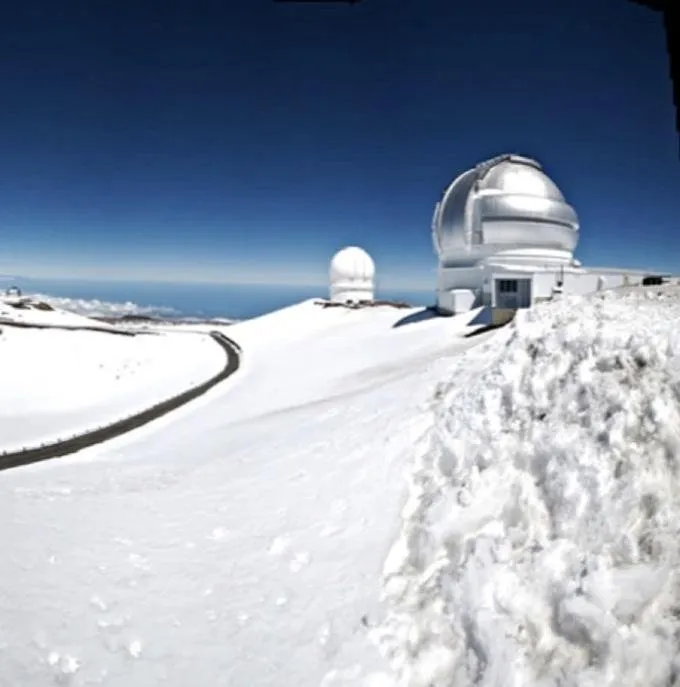
Source : Public Domain Photo from United States Geographic Association a public support entity.
